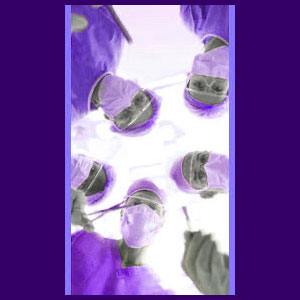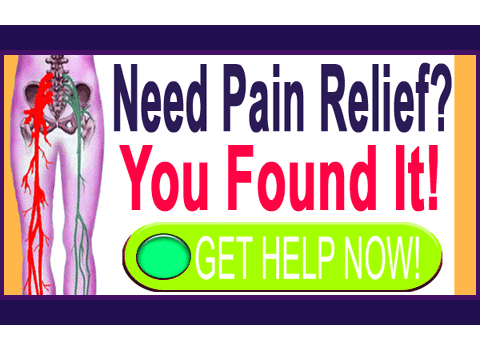
Scoliosis treatment is very limited in scope and efficacy, sometimes causing more harm than benefit in select case profiles. There are really only 2 treatment options that have proven to be effective. One is surgical correction of the abnormal curvature and the other is the use of back brace orthotics.
However, this does not mean that other care approaches are not considered and widely utilized, particularly in helping patients to cope with back pain symptoms which have been blamed on scoliotic curvatures. As is so common in the back and neck pain sector, symptomatic care is not only offered, it is encouraged and even practically forced on some patients. After all, this is where the true money in medicine really exists.
The scope of this article will focus on the nonsurgical methods of care used to treat adolescent scoliosis.
Back Brace Scoliosis Treatment
The use of an orthotic back brace is a very effective tool in controlling scoliosis and preventing its degeneration to greater degrees of curvature. A brace is typically prescribed as soon as the condition is showing signs that it might become a problem in a young person. An orthotic back brace is generally used to treat spinal curves of more than 10 degrees and less than 45 degrees.
In order for a scoliosis back brace to help, it must be worn 16 to 23 hours a day, every day. The brace must be worn for as long as the child is still actively growing. The younger the child, the longer they will have to endure wearing this brace.
Back braces are rarely used in adults, since the adult spine is mature and no longer growing. A back brace usually will not correct an existing spinal curve. It might help to correct curvature short term, but the curve will usually return when use is discontinued.
Correct bracing is 90% effective in preventing mild to moderate curves from becoming worse. A brace will not generally help a severe curve to improve to any noticeable degree.
Types of Back Braces for Scoliosis Treatment
The old fashioned Milwaukee Brace is rarely used anymore. It is too bulky, obvious and physically limiting. It is made of metal and limits freedom of movement considerably. Newer plastic braces (thoracolumbosacral orthotic braces) are much less noticeable and allow greater freedom of motion. Some are even manufactured in cool colors and designs, to make a child feel better about using their orthotic.
Orthotics designers are working on new designs that might be even more flexible. There are several new ideas in development that use the latest in high tech materials to provide flexible support.
Alternative Scoliosis Care Methods
There have been several other therapies claiming to help in the treatment of a spinal curvature. Unfortunately, effective scoliosis treatment is still a very limited field of healthcare.
Chiropractic has not demonstrated proof that it can reverse a curve through manual adjustments. However, continuing care might be able to relieve pain and some related symptoms, especially in cases of moderate atypical curvature.
Electrotherapy using TENS is the most common application. Some patients enjoy a reduction in symptom severity or frequency using electrical treatment, although in many cases, this seems structurally illogical when pain is not deemed to be neurologically-motivated.
Physical therapy is widely recommended for scoliosis sufferers. While the curvature can not be treated using exercise treatment, patients may enjoy considerable functional improvements and even a temporary reduction in pain.
Of course, you can not forget to include pharmaceutical treatment of abnormal curvatures. So many patients are put on drug programs with no hope of ever ending them. Many develop problematic dependencies or health complications, including blood or organ damage. Be extremely careful with pain management drugs, as these are known to be addictive, dangerous and downright bad for you and your body.
Scoliosis Therapy Tips
I remember feeling horrible when I found out that I had scoliosis. I felt damaged and inferior. I found out later that my curvature was so mild that it really did not even qualify to be called scoliosis. However, the way my first chiropractor made it sound, you would have thought my life was over. I sure did! I was diagnosed as having pain due to an abnormal spinal curve at 16. Now I realize that I never did have any symptoms due to scoliosis, nor did I ever actually have true scoliosis.
Make sure that the care provider will tell your child that they are ok. Tell them that they will not likely have any pain from their mild to moderate spinal curves. Set the stage for a bright future for them. Do not let a doctor scare them or make them expect back pain from their scoliosis condition. Fear is the #1 cause of symptoms associated with scoliosis. The nocebo effect of the diagnostic process can be very powerful.
Do not discount the psychological effect of the scoliosis diagnosis or brace on a child. No child wants to feel different or self-conscious. Make sure to give any child lots of support and positive reinforcement during the time they must use a back brace. The emotional state of the child will play a huge role in determining if they will suffer any pain from their scoliosis later in life.





